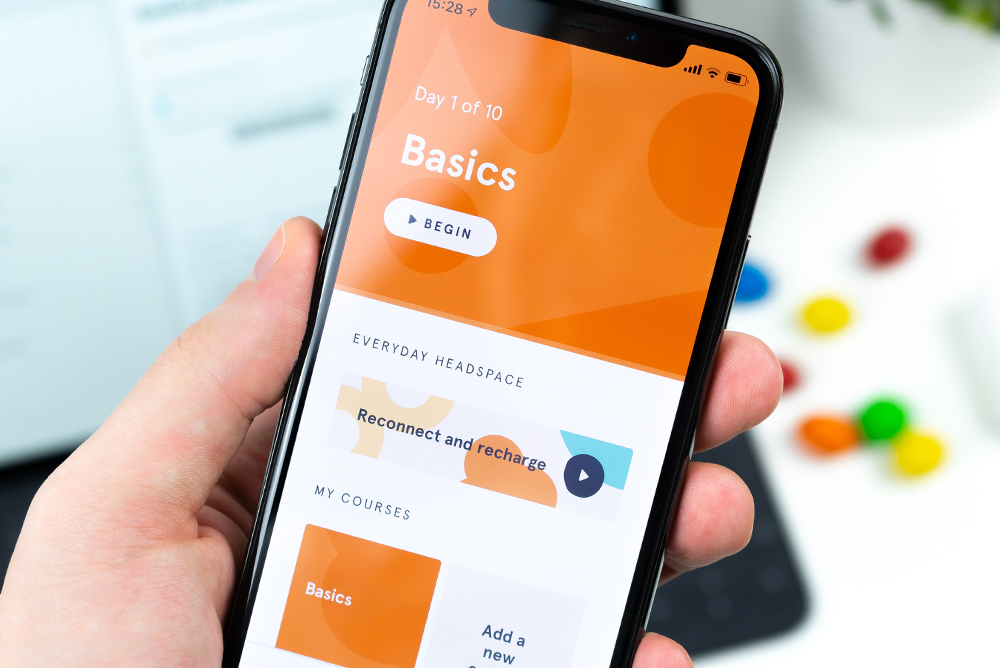
What is UI / UX?
UX and UI: Two terms that are often used interchangeably, but actually mean very different things. So what exactly is the difference? Let's start with basics. UI is an acronym for User Interface while UX is an acronym for User Experience.
What is a user interface (UI)?
A user interface is the point of interaction between the user and a digital device or product like the touchscreen on your smartphone, or the touchpad you use to select what kind of coffee you want from the coffee machine. User interface design is a strictly digital term. It refers to what the user sees.
In relation to websites and apps, UI considers the look, feel, and interactivity of the product. It’s all about making sure that the user interface of a product is as intuitive as possible, and that means carefully considering each and every visual, interactive element the user might encounter.
A UI designer will think about icons and buttons, typography and color schemes, spacing, imagery, and responsive design.
What is a user experience (UX)?
User experience design is a human-first way of designing products. Essentially, UX applies to anything that can be experienced. It could be a website, a coffee machine, or a visit to the supermarket.
The “user experience” part refers to the interaction between the user and a product or a service. A UX designer thinks about how the experience makes the user feel, and how easy it is for the user to accomplish their desired tasks.
For example: How easy is the checkout process when shopping online? How easy is it for you to grip that vegetable peeler? Does your online banking app make it easy for you to manage your money? The ultimate purpose of UX design is to create easy, efficient, relevant, and all-round pleasant experiences for the user.
Major differences between UX and UI
UX design is all about the overall feel of the experience. It considers the user’s entire journey to solve a particular problem. How straightforward is the experience?
While UI design is all about how the product’s interfaces look and function. It considers all the visual aspects of the user’s journey, including all the individual screens and touchpoints that the user might encounter; think tapping a button, scrolling down a page or swiping through an image gallery.


